Book Clubs #3 – Activities and Interactives

Over the course of this mini series we have looked at starting a book club and all the things to consider when you are setting a book club up. We have also looked at how to promote your new (or old) book club and recruit members. Now I want to talk about all the fun activities and interactive things you can do with your book club. These ideas range from the simple and quick to the more complicated. Some you can do for free or with the resources you have, others will need planning and budgeting.
Discussions
The main part of my book clubs is the discussion. I run very informal book clubs, where we sit around and discuss what we have been reading. Sometimes I have done it so we go around the circle, other times I just ask for volunteers. My senior book club know the drill and just settle straight into telling the group about what they have been reading.
Usually in your book club, you’ll have something to discuss. Maybe it is the latest group read, or maybe you just like to talk about what you are reading.
Staying on Track – Does your book club get distracted or talk over each other. Here are some tricks I’ve used.
- Talking stick. I created our book club talking stick when we were getting a little rude and talking over the top of each other. I made Dumbledore’s wand out of hot glue and sticks and this became our talking stick. It became a thing of power, of stupifying people who were not listening. It also later turned into a craft project when we each made our own wands.
- Set (or reset) the expectations. Have a quick chat about the expectations in book club. Will members raise their hand to speak or just have a friendly discussion? Do we want a quiet or noisy book club? Setting or resetting the expectations, can help members to know what each other would like during discussions
- Break into small groups. Turn to a partner or small group chats can help to give more people air time to share their thoughts. Then come back together to finish with a whole group discussion.
- Set discussion questions, send them out to the book club members before the meeting and then refer back to them so you stay on track.
- What’s your role? Are you the director or the person who just sits and watches?
- Assign a discussion leader. Assigning students roles within the club gives them purpose and a special role to fulfil. Outline their tasks, so they know exactly what to do and then share the roles around each meeting.
- Establish a set pattern of discussion. Ask the same questions of each member: What have you been reading? Did you like it? What didn’t you like about it? Give it a star rating. Any questions for this person? Next person.
- Go with it. Sometimes, I like to just sit back and let the discussion flow. Yes, sometimes it gets loud. Sometimes they argue, but that’s the fun bit. I love it when the discussion gets lively – they care. So long as everyone is being respectful, it’s all good.
Target Your Activities
Maybe it goes without saying that you will need to target your activities to your book club members. If you have a book club that is defined by age or interest, you might already have in mind the sort of activities that you will do at your book club meetings. But it might not just be about age or interests. Targeting your activities might vary from session to session. I find that my book clubers need something easier towards the busy end of term, where they can just relax and chat, while at other times they are ready to take on more complex projects. Your Year 2 book club might really love colouring in while being read to, but older readers might also enjoy this.
Activity Ideas
Group Reads – love them or hate them, group reads are often staples in book clubs. I define group reads as one book that has been selected to be read over a defined period by a book club. These sorts of activities involve having more resources, as even if you don’t have enough copies of the book for each member, you’ll need enough to share around. Public libraries might come in handy if you don’t have the book numbers or resources you need to facilitate a group read. Another tip I like to use is to offer different formats of the selected – novel, ebook, audio book, graphic novel.
Read-a-likes – if you don’t want to select one text to read as a group, you might like to select a type of book, author, award category or some other selection criteria from which your group will select a book. This may make it easier for finding enough resources for all group members or catering to diverse tastes.
Read Alouds – Perfect if you have a book club for younger students, reading aloud a picture book or chapter book is a great way to connect together. But reading aloud is not just for younger readers. You might invite your staff or parent book club members to select and share a passage or poem. If you have selected a group read, you might read this together each week or share passages at your meetings.
Colouring In – something related to the book you are reading, something that is just fun to colour in. There are heaps of free online colouring in pages online, beautiful colouring in books. Your book clubers might like to colour in while you read from the picture book of the week or chosen chapter book or maybe they will colour in while discussing the books they have read that month. You might like to create a colouring in book club, where each member has a colouring in book that they bring along and complete each meeting.
Craft – there are so many craft tie ins you can make to the picture book or novel you are reading. You might have a select activity or just have open ended craft or art responses to the story. For older groups, search for different craft ideas that fit in with their favourite books or the book you are reading.
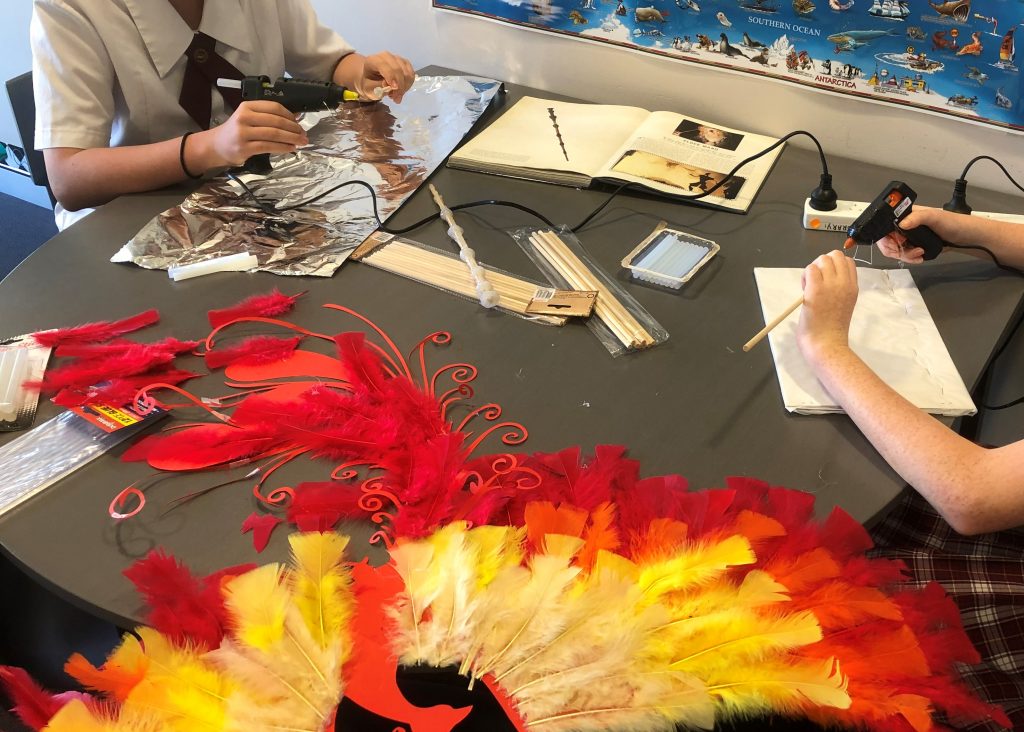
Book Shop Visits – other extra curricular groups get excursions, why not your book club? I love taking my book clubs to local book shops so that they can select some new books for the library. This of course takes planning, leadership approval and budgeting, but it is so worth it. If you can’t go to the local book shop, they might be able to come to you or do some virtual shopping.
Library Purchasing – Giving your book club some control over library purchasing is a fun way to give them more ownership of the collection. Allocate them a small portion of the budget. You might like to give them some parameters – maybe you need some new manga or maybe new crafting or cooking books. Provide them with some guidelines – hardcover only for non-fiction, or published in the last 5 years. Make sure you still have veto powers and outline your requirements clearly. Provide the group with your usual supplier sources and then let them decide which books they are going to add to the collection. Extend this task by asking them to help promote their selections and monitor their success in their collection.
Guest Visitors – Do you have author and illustrators visit your school library? Why not plan something special for your book club. Maybe they get a special book club meeting with the guest visitor during lunchbreak, maybe they get to help choose which author/illustrator to invite. You may also like to invite other special visitors, specifically for your book club – a local celebrity, someone of interest to them from within the school community. Put them in charge, if there is money to spend, let them consider the budgeting and who they might like to invite.
Programs – there are heaps of great program ideas on blogs and websites. I have tried running a few with my older book clubs. One example of a program I have run was called Dystopian Games. My Year 7-12 readers love dystopian fiction and I had seen an example on Hello, Wild Things. We divided the group into factions, who then had to name themselves. We created dice with world problems on them, things we often saw in dystopian fiction. And then we had a series of cards with resources each group could control. You can see more examples of fantastic programs on Ontario Librarian.
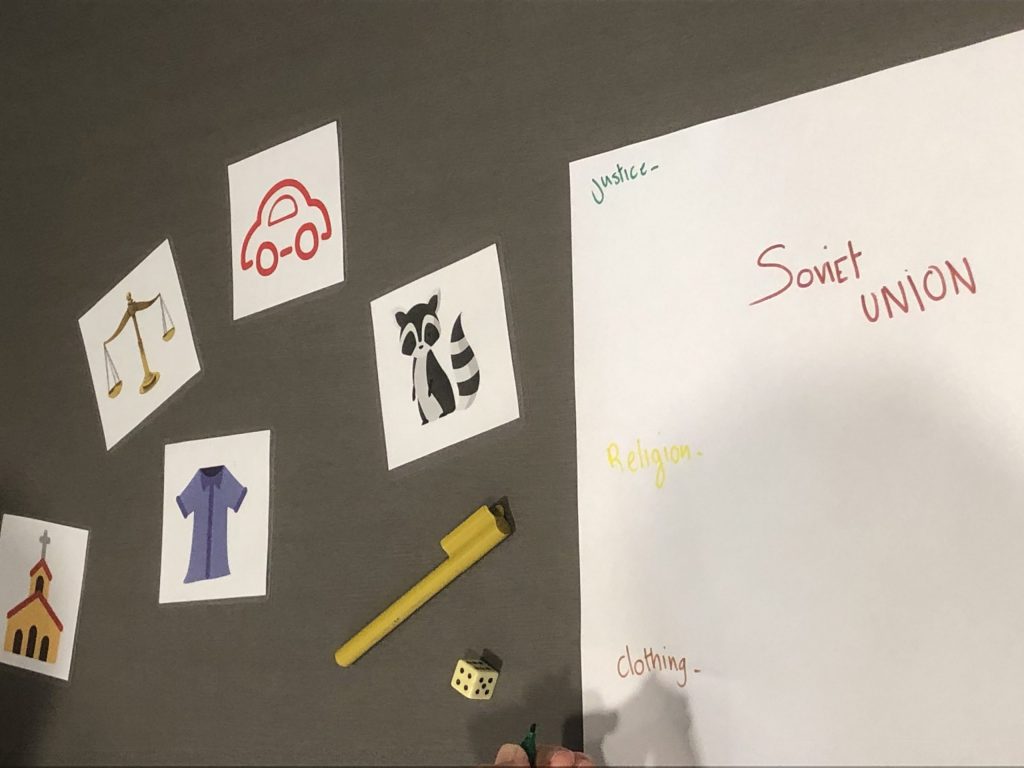
Bookmarks – Making bookmarks can be a really fun book club activity. Favourite books, read-a-likes. Print and share with other readers in the school library.
Book Club Meet Ups – Could your book club connect with another school’s book club? Could you be book club pen pals? Write letters, chat online, go a connect up via zoom or have a joint meeting. Share ideas about what you do in your book club and get some ideas from the other group. It’s a great way to connect like-minded students and readers to the world outside their school bubble.
Poster Creations – Get your book club members creating posters to display around the library. They may be top favourite books, books they have read this term or some other recommendations.
Shelfies – Take selfies of the book club members to share on your school website, social media or around the library.
Quizzes – My book clubers absolutely love quizzes. I usually find them online Kids Lit Quiz is a great site with a repository of quiz questions, and you can find similar quiz questions on publisher websites, Epic Reads, Goodreads or just by searching. You can put a quiz on Kahoot or your online book club site, but I love to just read the questions out in book club and the students yell (yes, yell. I’m okay with yelling in the library) out the answer. I then throw a lolly to the person with the correct answers. It’s a really fun way to celebrate books and reading.
Share your writing – many of my book clubers also had an interest in writing, so we would often discuss their story ideas or read out sections from their work. The other book club members would provide feedback.
Entering competitions – many publisher offer competitions. Keep an eye on their social media or websites for when they release these. Some are short story comps, others are short responses. Our book club has won a few books through these competitions, which they really love and we then share the books around.
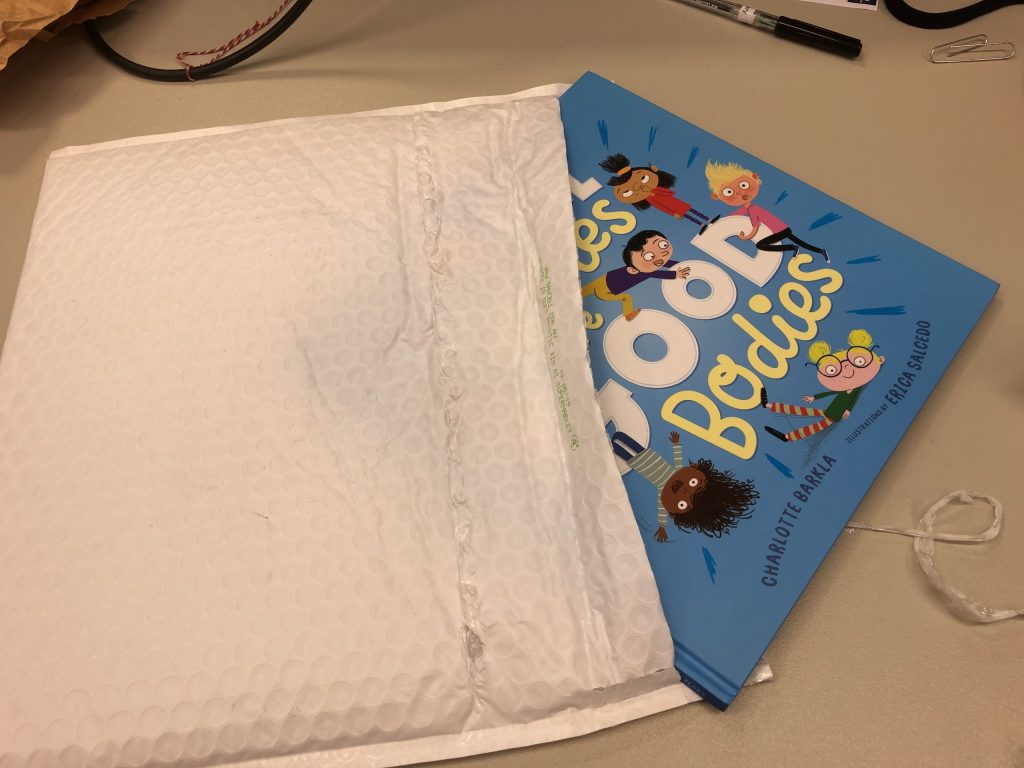
Writing a review – your book club members might like to write a review about the books they have been reading to share in the library or on the library website. I usually give my students a template to use. I like using a bookmark format, with a star rating at the top, title, author and a short area for the students to write a quick review. You might also like to connect with publishers or a local bookshop to get some advanced reader’s copies for your members to read, review and share.
Book Launches – celebrate a release of a new book with a special book club book launch. I’ve done this unofficially with one of our anticipated reads. We had chapter excerpts from the new book and themed food. We shared our unofficial launch on social media to connect with the author.

Literary Excursions – Oh the places you’ll go. Here are some ideas for literacy excursions. Some will cost $$$, others will just require buses and planning.
- Local bookshop – see above
- Movie theatre for movie-book tie in
- Local library for browsing, signing up for library cards or one of the programs they run
- A local author festival or writers festival
- Visit another school to meet their book club
- Any local feature that has some literary reference or connects to something your book club is interested in or connects to the books you have been reading.
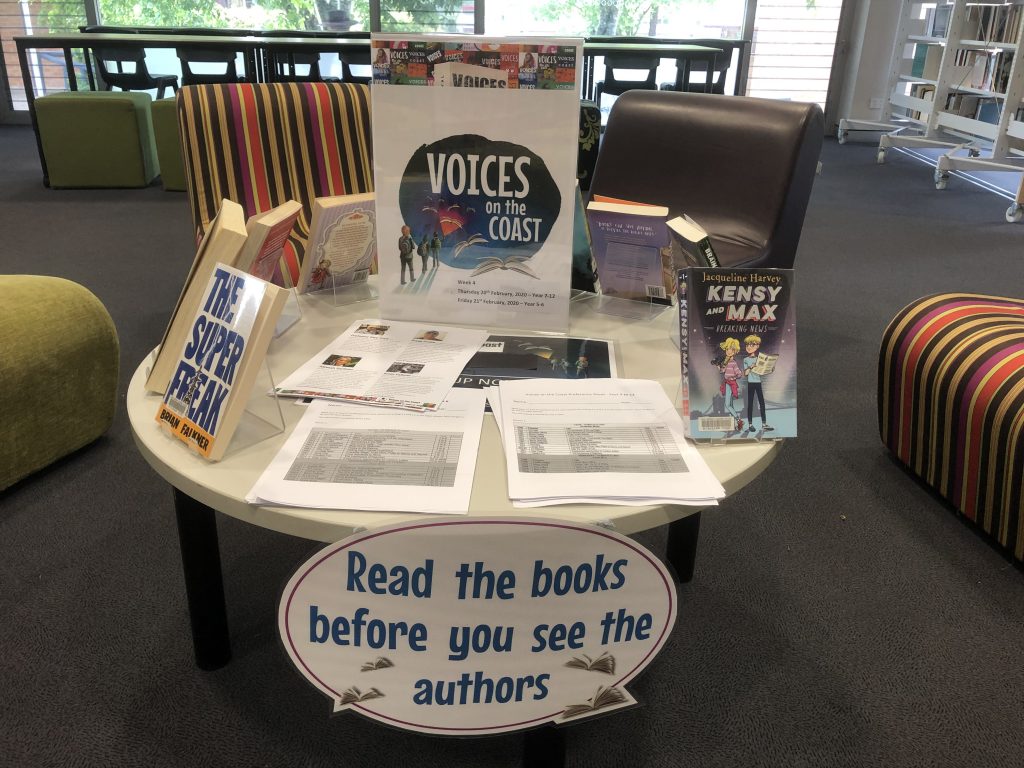
Our annual book literary festival is a feature of the year. My book club members get first preference on which workshops and talks they get to attend.
Book Tastings: Book tastings are an exciting way to introduce readers to a ranger of new books or genres. There are plenty of online guides on how to run a book tasting, such as on Teaching With A Mountain View or Sassy Savvy Simple Teaching.
Share new books: Book club members have first access to the newest editions to the library.
Reviews or shelf-talkers: Book club members write reviews or create shelf talkers to be added to the library catalogue, library shelves, school newsletter, online site such as Goodreads, or your own book club blog.
Book trailers: Watch or create your own book trailer.
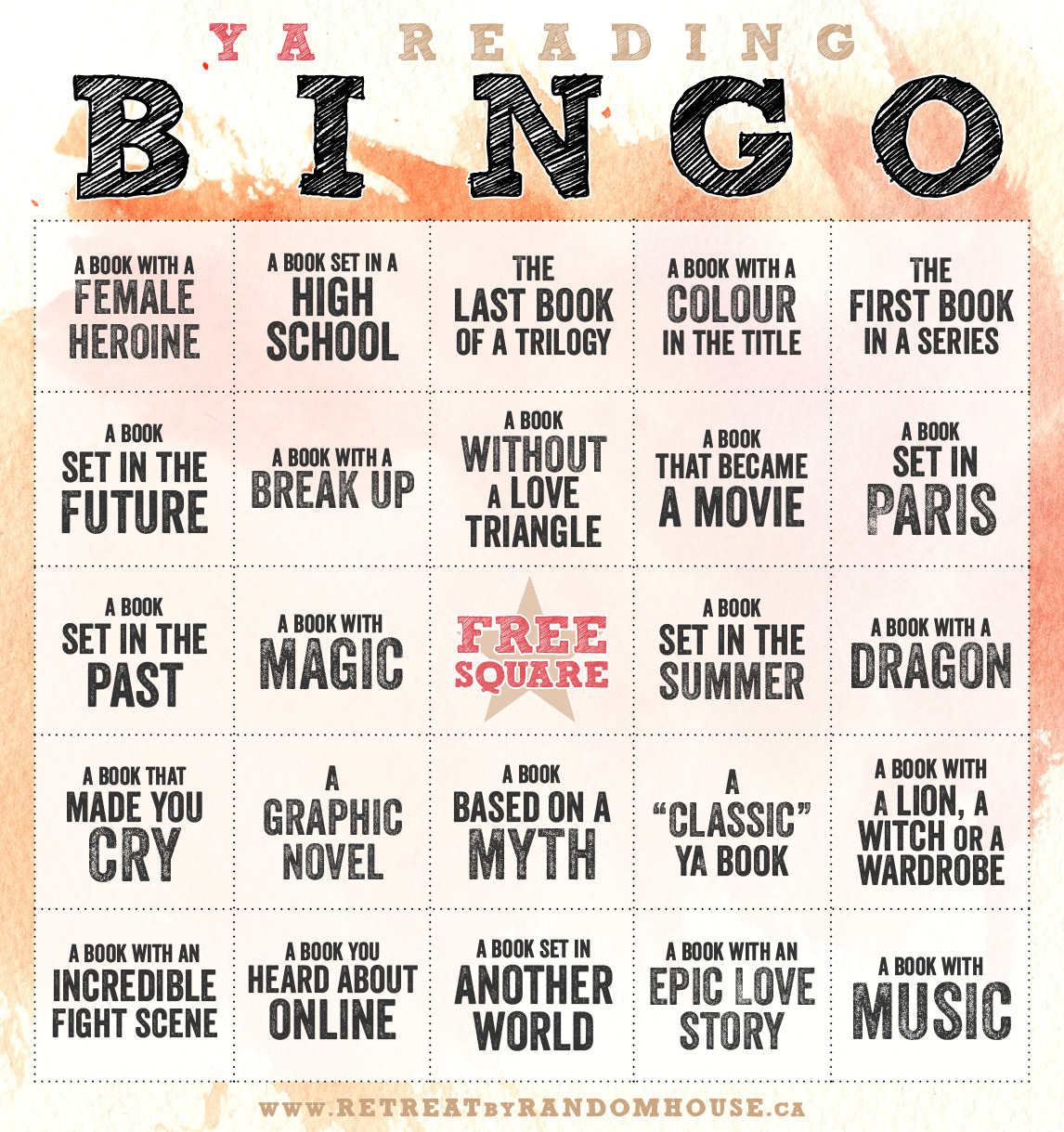
Book Club Bingo: This YA Reading Bingo shared by Random House publishers is a great starting point for encouraging wider reading. Use this or a similar bingo board or create your own Book Club Bingo Challenge.
Food: Snacks or treats – sometimes books and food go perfectly together.


Leave a Reply